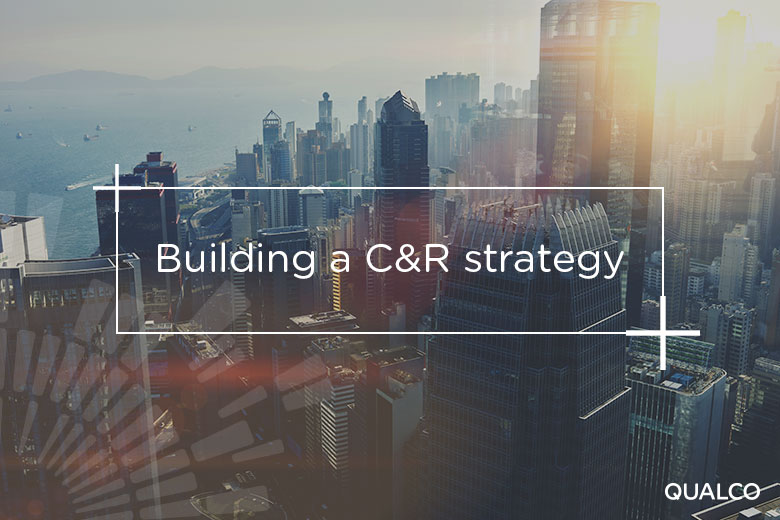Cost effective collections and recoveries
Spyros Retzekas |
Spyros Retzekas, Chief Client Officer at Qualco, on the importance of building a methodology to support your day-to-day collection and recovery operations.
Over the last 10 years, there has been a sharp increase in the focus on better debt collection and recovery (C&R). This is true across the full spectrum of business activity.
Since the financial crisis, financial service organisations have drawn much of the limelight as their portfolios of non-performing debts have swelled.
Research by the International Monetary Fund (IMF) found that, non-performing loans (NPLs) in the European Union (EU) stood at about €1 trillion (or over 9 percent of the region’s GDP) at end-2014, more than double the level in 2009.
But rates of default and debt delinquencies experienced by, for example, utility companies, retailers and other businesses have also risen, as the same economic and political circumstances have impacted the banks and all other debt owners alike.
Improving the net rate of C&R
Businesses across all sectors have found themselves grappling with their C&R practices and all of them have the same goal: to improve their net rate of C&R, after payment of expenses, and to distinguish strategic defaulters from the ones that are in temporary hardship.
Many have found that they need to update their strategy and adapt their operations to meet new challenges of C&R business. They also discovered that their performance has been inconsistent for managing this growing problem within their organisations.
As most realised, technology plays a vital role. If the right technology can be brought to bear on debt and those who owe money are approached and monitored in the right way, a much higher rate of recovery can consistently be achieved.
So while using state of the art technology to handle the mass of available data that can be brought to bear on non-performing loans (NPL) and credit facilities, the key focus needs to be on the debtors themselves.
Setting the strategy for optimal C&R
Knowing the customer is key. Once the full details of the customer and his or her circumstances are known, examined and understood, then appropriate measures can be taken that ensures the customer will be able to meet their, perhaps reconfigured, obligations.
If this is carried out in the right way, then that customer can be retained. This results not only in improved cash flow by also saves on the costs of collections and recoveries as the effort becomes much more targeted and cuts off back office burden.
These creditor benefits are in addition to those relating to accounting and reporting. Regulated financial institutions can achieve greater capital efficiency and better balance sheet management. And, lastly, the cost burden of debt portfolio administration can be reduced.
Consequently, senior management and heads of collection and recovery can, by using available specialist technology, set a strategy to achieve optimal results from their debt portfolios.

